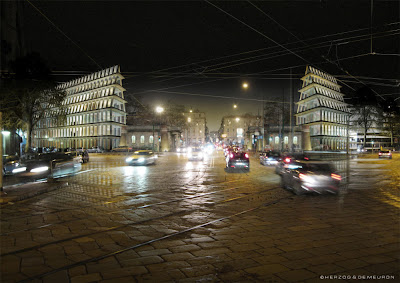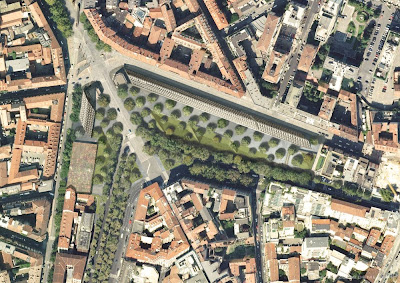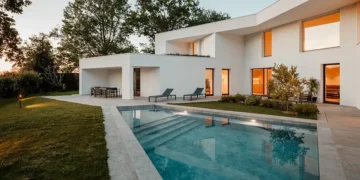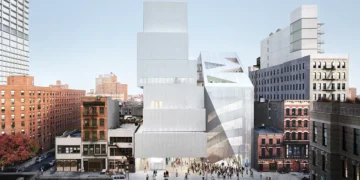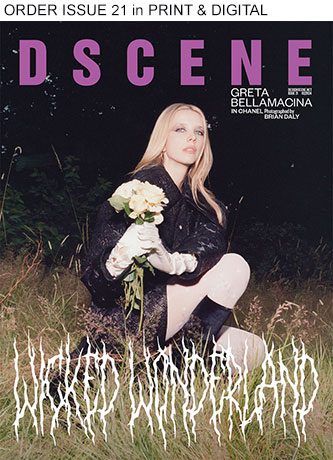Location: Milan, Italy
Designed by Herzog & de Meuron
Website: eng.archinform.net
As part of the redefinition of the area Porta Volta, Fondazione Giangiacomo Feltrinelli intends to relocate its seat to the northern centre of Milan, which the Feltrinelli Group considers as an ideal environment for the foundation’s multiple activities. The overall master plan for Porta Volta, consisting of the Fondazione, two new office buildings, and a generous green area, intends to create a positive impact on the surrounding area. Continue for more after the jump:
The new buildings are inspired by the simplicity and generous scale of historic Milanese architecture as Ospedale Maggiore, Rotonda della Besana, Lazaretto and Castello Forzesco. They are also inspired by the long, linear Cascina buildings of traditional rural architecture in Lombardy, which already were an important reference in Aldo Rossi’s work, for instance his residential building Gallaratese. Herzog & de Meuron intends to take up themes of Milanese urbanism and architecture, which through the course of history have led to a series of emblematic buildings for which the City of Milan is renowned.
The urban organisation of Porta Volta traces back to the course of the Mura Spagnole, the ancient 15th century city walls which were the last of a series of fortifications which since Roman times have defined the city’s growing boundaries. After the opening of the bastion in the late 19th century, Via Alessandro Volta laid the basis for the city’s extension outside the ancient walls, connecting as a new, prominent urban axis the historical centre with Cimitero Monumentale.
As seen on World Architecture News














